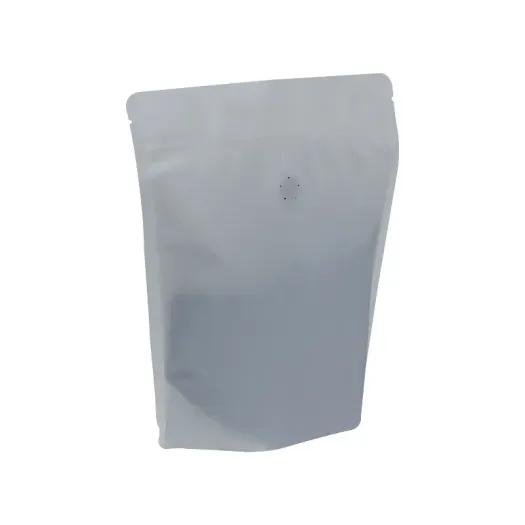silica gel as desiccant
The Role of Silica Gel as a Desiccant Applications and Benefits
Silica gel, a highly porous and granular form of silicon dioxide, has gained recognition as a highly effective desiccant. This hygroscopic material can absorb moisture from the air, making it an essential component in various industries and applications. From preserving the integrity of products during shipping to extending the life of fragile electronics, silica gel serves crucial functions that impact both quality and performance.
What is Silica Gel?
Silica gel is a synthetically produced form of silicon dioxide (SiO2), which is found naturally in the environment. Its production involves heating sodium silicate, which results in a porous structure that can trap moisture and other unwanted elements. The material is typically found in small packets or sachets labeled “Do Not Eat,” and its extensive use across different fields underscores its importance in moisture control.
How Does Silica Gel Work?
The effectiveness of silica gel as a desiccant lies in its structure. It features a vast surface area due to its pore configuration, allowing it to adsorb moisture through a process called adsorption. When exposed to humidity, silica gel attracts water molecules and holds them in its pores. This capability helps to lower the relative humidity of the surrounding environment, creating conditions unfavorable for mold, mildew, and other moisture-related problems.
Applications of Silica Gel
1. Packaging and Shipping Silica gel packets are commonly found in product packaging, especially for items sensitive to moisture, such as electronics, pharmaceuticals, and food products. By controlling humidity levels, silica gel helps prevent damage during transport, ensuring that products arrive in pristine condition.
silica gel as desiccant

2. Electronics The electronics industry heavily relies on silica gel for moisture control. Excess moisture can lead to corrosion, short circuits, and other catastrophic failures in electronic devices. Placing silica gel packets in devices or their packaging significantly reduces the risk of moisture-related damage.
3. Food Preservation In the food industry, silica gel plays a vital role in extending shelf life by preventing mold and spoilage. It helps maintain the taste and quality of packaged foods, particularly dehydrated products, by absorbing excess moisture.
4. Textiles and Leather Silica gel is used in storage facilities for textiles and leather goods to prevent mildew and decay. Its moisture-absorbing qualities are particularly beneficial for items that may be stored for long periods.
5. Pharmaceuticals Silica gel is also employed in the pharmaceutical industry to maintain the efficacy of medications. Moisture can degrade certain medications, so silica gel ensures that the environment remains dry to preserve their quality.
Environmental Considerations
One of the significant advantages of silica gel is its non-toxic nature, which makes it safe for use in a multitude of applications. Unlike many chemical desiccants, silica gel does not release harmful substances into the environment. Additionally, it can be reused after being heated to remove the absorbed moisture, composing an environmentally friendly option for moisture control.
Conclusion
Silica gel has proven itself to be an invaluable desiccant in various industries, thanks to its remarkable moisture-absorbing capabilities. Its applications range from preserving the integrity of sensitive products to enhancing the longevity of electrical devices and food items. As industries continue to prioritize quality and durability, silica gel remains a go-to solution for managing humidity and preventing moisture damage. Given its safety, efficiency, and versatility, silica gel will undoubtedly continue to play a significant role in moisture control for years to come.













